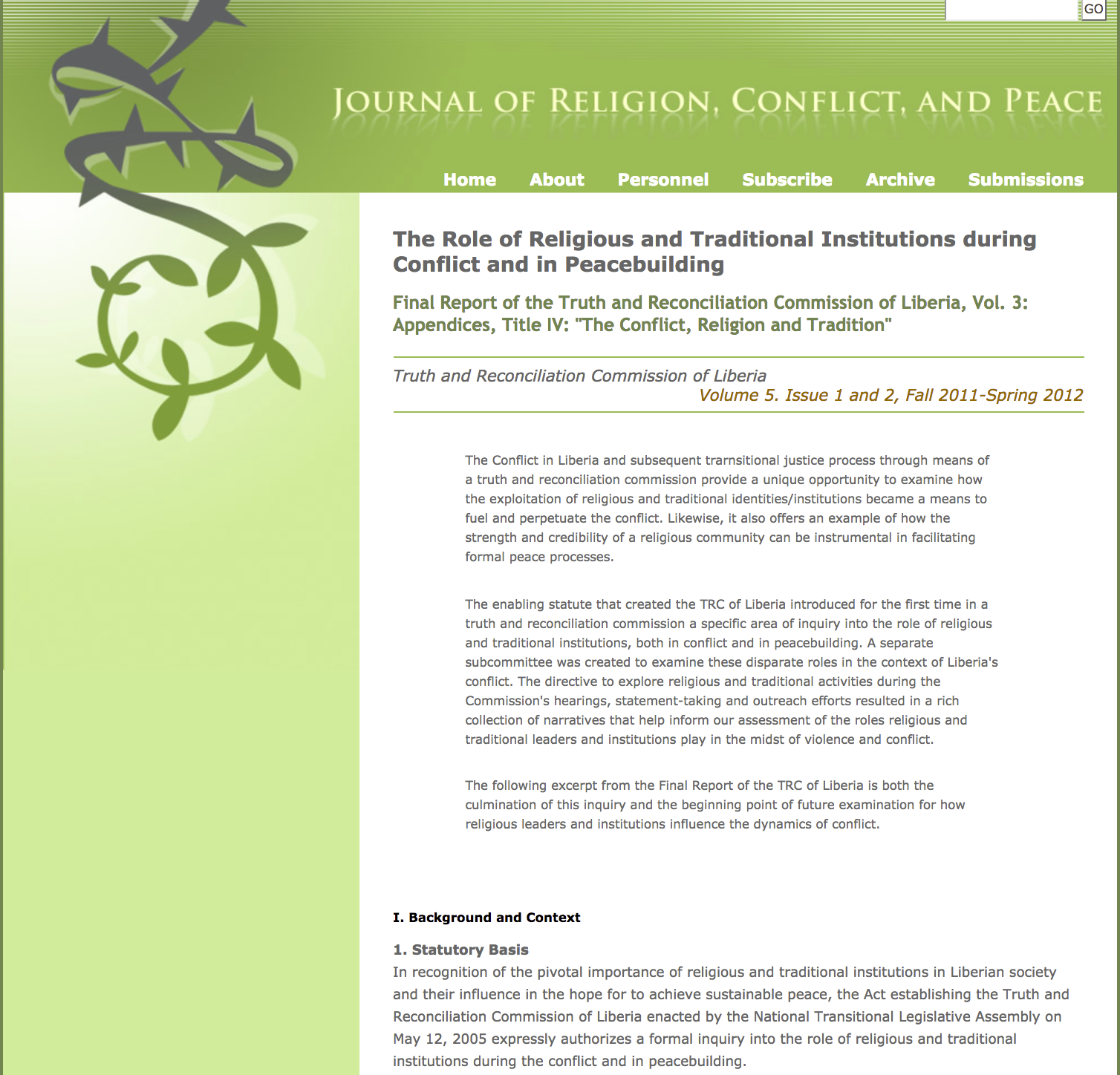County Spatial Planning And Monitoring Oversight
These guidelines provide a basis for engagement between the County Governments as planning authorities responsible for preparing, approving and implementing County Spatial Plans and the National Land Commission as a monitoring and oversight agency over land use planning. The County Government Act 2012 at section 110(1)(a) stipulates that the County Spatial Plans shall give effect to the principles and objects of county planning and development contained in section 102 and 103 of the same Act.












